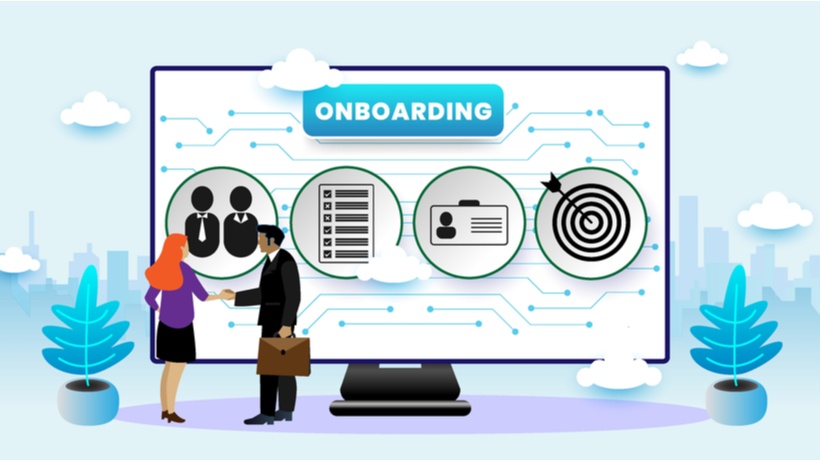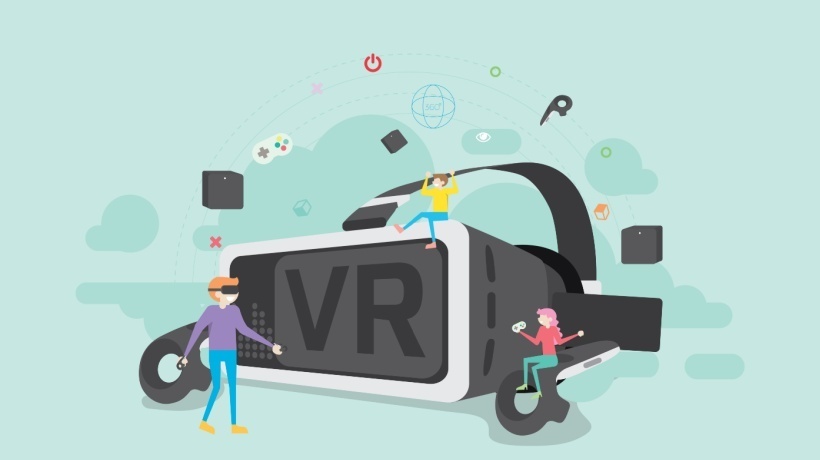Effective Employee Onboarding, Innovative Strategy
Effective onboarding is vital for retaining and growing your talent pool. New employees create impressions about the organization during the initial days. These impressions play a significant role in influencing how long they choose to stay with the company. Therefore, it is important to do things innovatively!
"Employee engagement is an investment we make for the privilege of staying in business." – Ian Hutchinson
Why To Prioritize An Effective Onboarding Process
A robust onboarding process:
- Boosts employee retention by 82%, as per the Brandon Hall Group report.
- Enhances year-over-year revenue by 60%, as per Northpass.
- Increases employee commitment 18 times, according to Bamboo HR.
Moreover, a formal onboarding process augments productivity and engagement, propelling the employees towards performance targets.
Despite these impressive statistics, many companies don't prioritize an effective onboarding process. Some undervalue its importance, while others lack the technological know-how to automate it. Traditionally, onboarding has been reduced to mere processes and paperwork, which ideally should be considered a preboarding stage. The onboarding process involves integrating the new staff into the organization's culture and elucidating roles and regulations.
Another challenge for effective onboarding is the evolving tapestry of the workplace, which comprises remote work, hybrid models, and work in-office. As per a Forbes article, in 2023, 12.7% of full-time US employees will work from home, 28.2% will work in a hybrid model, and 59.1% will still work in-office.
eLearning offers a solution to automate and upgrade the onboarding process, especially in the hybrid workplace.
As per StratView Research, the corporate eLearning market was $37.1 billion in 2021. However, it is expected to grow at a CAGR of 16.2%.
Getting things right in the beginning and doing them differently will have major implications for long-term employee integration. So, what difference can we achieve through eLearning?
Employee Engagement With Onboarding Gamification
"Play is our brain's favorite way of learning." – Diane Ackerman
Games not only facilitate learning but also foster bonds and help individuals rise above biases. Both gamification and game-based learning can be used for onboarding.
In gamification, game elements are used to design eLearning solutions, such as scoring mechanisms, badges, awards, levels, and leaderboards.
While these features are common to game-based learning, the latter uses a full-fledged game to cater to the learning objectives. For example, minesweeper-like games can be used to explain risk management, or monopoly-style games for finance management.
Both gamification and game-based learning help new employees bond with their peers and the company. They open doors to communication amongst each other.
"You can discover more about a person in an hour of play than in a year of conversation." – Plato
Onboarding Gamification Examples
Individual
At an initial level, gamified templates can be used for both content and assessments. Quizzes can offer scores that can be converted into prizes or gift cards.
Level-3 game-based courses may include tier-based challenges, unlocking new levels as the learner progresses through the course, and where each completed level can unlock points, badges, and awards.
Collaborative
Onboarding need not be a task in isolation. The purpose of onboarding eLearning is employee integration and engagement, so why not do something different? Virtual Reality (VR) training can be the answer.
Virtual Reality training can revolutionize the onboarding process. In a 3D space woven around real office images, multiple new hires can join simultaneously and interact with each other through avatars. The course may include team games, icebreakers, addresses by top management, company mission, vision, structure, live webinars, motivational quotes, and short microlearning courses on compliance, policies, and code of conduct.
The new employees can provide feedback or ask questions during webinars. Interactions with peers and seniors can be integrated, unlocking opportunities for attending sessions as they engage with more coworkers.
We can raise the bar higher by a notch. These examples only scratch the surface of what can be achieved through onboarding game-based learning. This is bringing the best of gamification, virtual training, and eLearning together so that your new hires can tee off to a great start.
Conclusion
The first step is choosing the right learning solutions partner who can metamorphose your onboarding process through gamification and game-based learning. Strike the right chord to keep your folks together for a long time. Then continue the onboarding process with further training modules for their ongoing development.
Employees with exceptional onboarding experience are highly engaged and satisfied, enhancing productivity and the company's bottom line.
At Tesseract Learning, our learning and visual architects are constantly innovating and reinventing their approaches to design, develop, and deliver better learning experiences. We are leveraging our powerful learning platform, KREDO, to create efficiencies across the training life cycle and deliver optimal learning experiences. We provide end-to-end execution of the complete Learning and Development cycle and learning consultation. Our authoring tool, Prodient.io, is one of the best eLearning authoring tools, personifying ease, effectiveness, and efficiency in the development of eLearning courses. Contact me or leave a comment below for more details.









![The Pillars Of Strategic Employee Onboarding [eBook Release]](https://cdn.elearningindustry.com/wp-content/uploads/2021/11/shutterstock_634991003.jpg)
